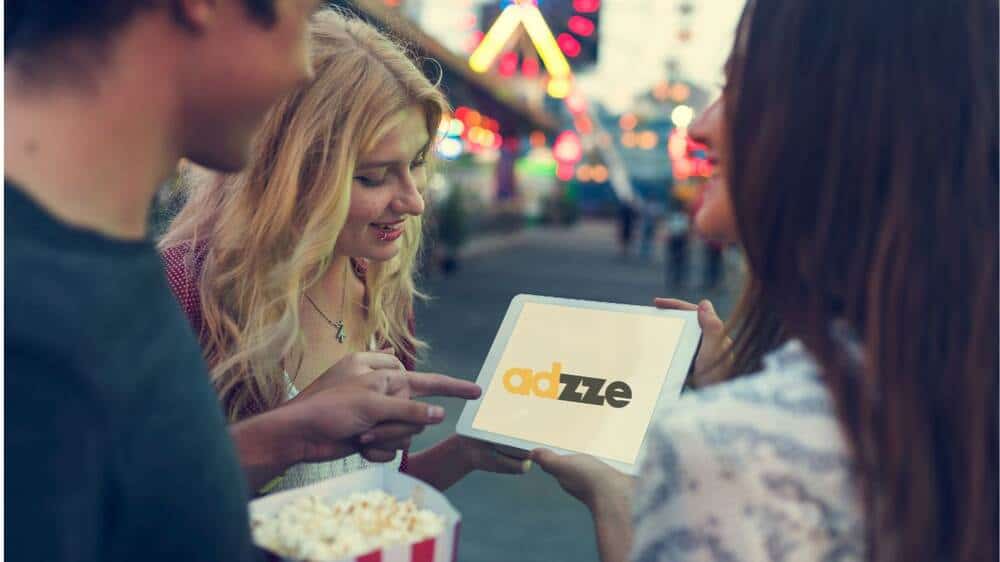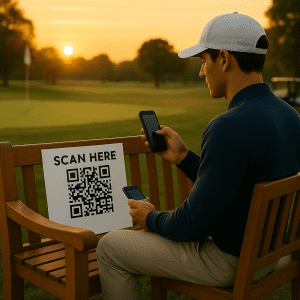Are your advertising strategies struggling to captivate audiences and create memorable brand experiences? Do traditional ads feel disconnected from your audience’s daily lives? If you’ve been searching for ways to make your brand stand out, experiential marketing could be the game-changer you’ve been looking for. Discover how this dynamic advertising method brings brands to life through interactive experiences that leave lasting impressions. Request our Media Kit to explore how experiential marketing can elevate your brand without any commitment!
What is Experiential Marketing?
Experiential marketing is a strategy that uses immersive, interactive experiences to connect with consumers. Rather than simply pushing out promotional messages, it engages people in memorable activities that resonate emotionally, encouraging a deeper connection to the brand. The aim is to create an experience that consumers will remember, talk about, and share, helping to build brand loyalty.
Different Forms of Experiential Marketing
Experiential marketing can take many forms, from live events to augmented reality. Here are some of the most popular and effective approaches:







